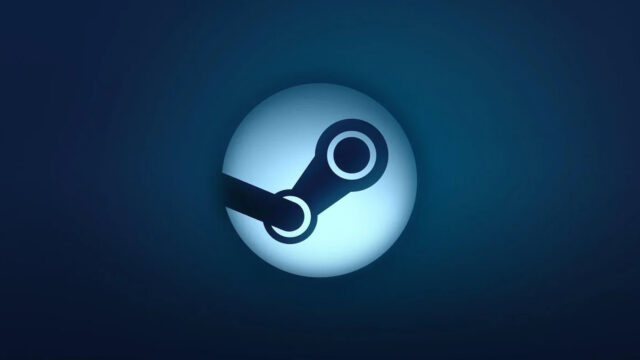Meizu, which continues its activities to increase its market share in the smartphone industry, is working on the successor of Meizu 20, which was introduced earlier this year. Not many details about the Meizu 21 series have been shared so far, so there are many questions about how it will perform. However, that seems to have changed as of now, as a recent report reveals some of the specs and design of the devices.
Meizu 21 appeared in the MIIT database
A phone from the upcoming Meizu 21 series has appeared in the MIIT database with the model number M461Q. Although the name of this device is not known for the moment, according to Digital Chat Station, known for its leaks in the industry, we are facing a standard model.

In terms of design, the Meizu 21 is very similar to the Galaxy S23 and iPhone 15 series. The rear camera setup and the perforated screen design are reminiscent of Samsung’s flagships, while the sharp and angular edges bring Apple’s smartphones to mind.
The processor to be used in the smartphone will be Qualcomm Snapdragon 8 Gen 3. Qualcomm has set the launch date of the new processor for October 2023. The new processor will be unveiled at the company’s annual Snapdragon Summit. The event, which is aimed to be held in Maui, Hawaii, will open its doors on October 24-26.
The new processor seems to surprise with its performance as well as its introduction date. According to the information, the processor, which will gain a significant performance upgrade, will host Cortex-X4 cores with a speed of 3.7GHz. Changes are also expected in the core architecture of the processor.
The latest chipset in use today, the Snadpragon 8 Gen 2, has a Cortex-X3 architecture and runs at 3.2GHz. This means that performance in everyday use will be directly affected. The new processor is also expected to have a 1+5+2 architecture, with one “super large” core, five “large” cores and two “small” cores.
Expected to come with a 50 Megapixel rear camera, it is not clear when the smartphone will be introduced. However, it is likely to follow a similar introduction schedule to its predecessor. In this case, the first quarter of 2024 stands out.















